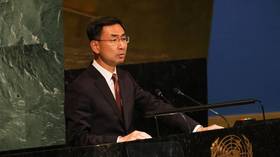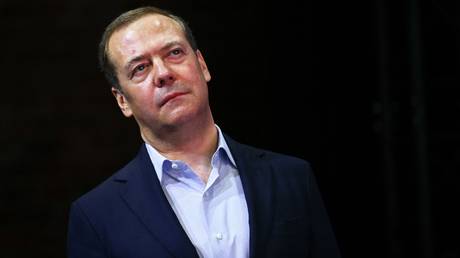Sacco and Vanzetti 1927-2027 International Conference: Call for Papers

From fabula
The conference will be held at Paul-Valéry Montpellier 3 University (France) in 2027 (date to be fixed). A deadline will be set in 2026 for the receipt of intervention proposals. Interested people can already come forward to announce their wish to participate in the conference by sending the broad outlines of their proposed intervention.
Deadline: May 15, 2026
Between 1920 and 1927, Nicola Sacco and Bartolomeo Vanzetti, two immigrants destined to remain anonymous like millions of Italians who joined the United States, nevertheless became famous on a global scale. Their arrest, trials and execution mobilized the international scene. From all sides, people are asking for pardon for Nick and Bart: within political organizations of all stripes – Benito Mussolini himself makes the request -, intellectual elites – Simone de Beauvoir reports that one of his first political acts was to sign the petition – and in social movements in general.
Until the day of the execution, demonstrations filled the streets and squares all over the world, then the affair gradually faded from memory, except in libertarian circles where Sacco and Vanzetti joined the long list of dead anarchist activists. for their ideal. A turning point came in the 1970s, with Giuliano Montaldo’s film Sacco and Vanzetti, 1971 , the success of which brought the case back to the forefront, leading to the rehabilitation of Sacco and Vanzetti by Michael Dukakis, governor of Massachusetts. (1977).
The parallel has even been made with the Dreyfus affair, given the way in which both men found themselves trapped in the American legal and political system. Today, interest in Sacco and Vanzetti continues to manifest itself, including among the general public: from comics to opera, there is no field of artistic creation that has not taken up the matter , music, theater, song, literature, press cartoons, comics, plastic arts. We also note that, including in the mainstream press, the Sacco and Vanzetti affair became a “chestnut tree” around August 23, the anniversary of the execution.
Interventions may enter into different disciplinary areas, favoring a comparative and transnational approach, and may relate to the mobilization in action a century ago and/or to the “memory” of the Sacco and Vanzetti affair.
Was the campaign organized according to comparable dynamics from one country to another, or even from one region to another? Did the presence or absence of strong Italian immigration influence the methods of organizing the campaign? Was the campaign built according to the social and political patterns of an already established tradition? Depending on the languages and countries, how did the press, activist and non-militant, treat the different phases of the affair (arrest, trial, campaign, execution)? Depending on the artistic forms that the campaign and the “memory” of the affair were able to take, over time and according to spaces, what is the weight of the political question in relation to the judicial question? Beyond the execution of two anarchist activists, have the artistic creations participating in their “memory” re-politicized questions linked to anarchism, or has their political scope tended to to evolve, or even to get lost?
Proposals, including a title, a summary of approximately 500 words and a brief CV (200 words), should be sent to Isabelle Felici [email protected] . The conference proceedings will be published.
Scientific committee:
Isabelle Felici ReSO Université Paul-Valéry Montpellier
Ruth Kinna Loughborough University
Giorgio Sacchetti Università di Firenze
Anne Morelli Université Libre de Bruxelles
Sidonie Verhaeghe CERAPS University of Lille


